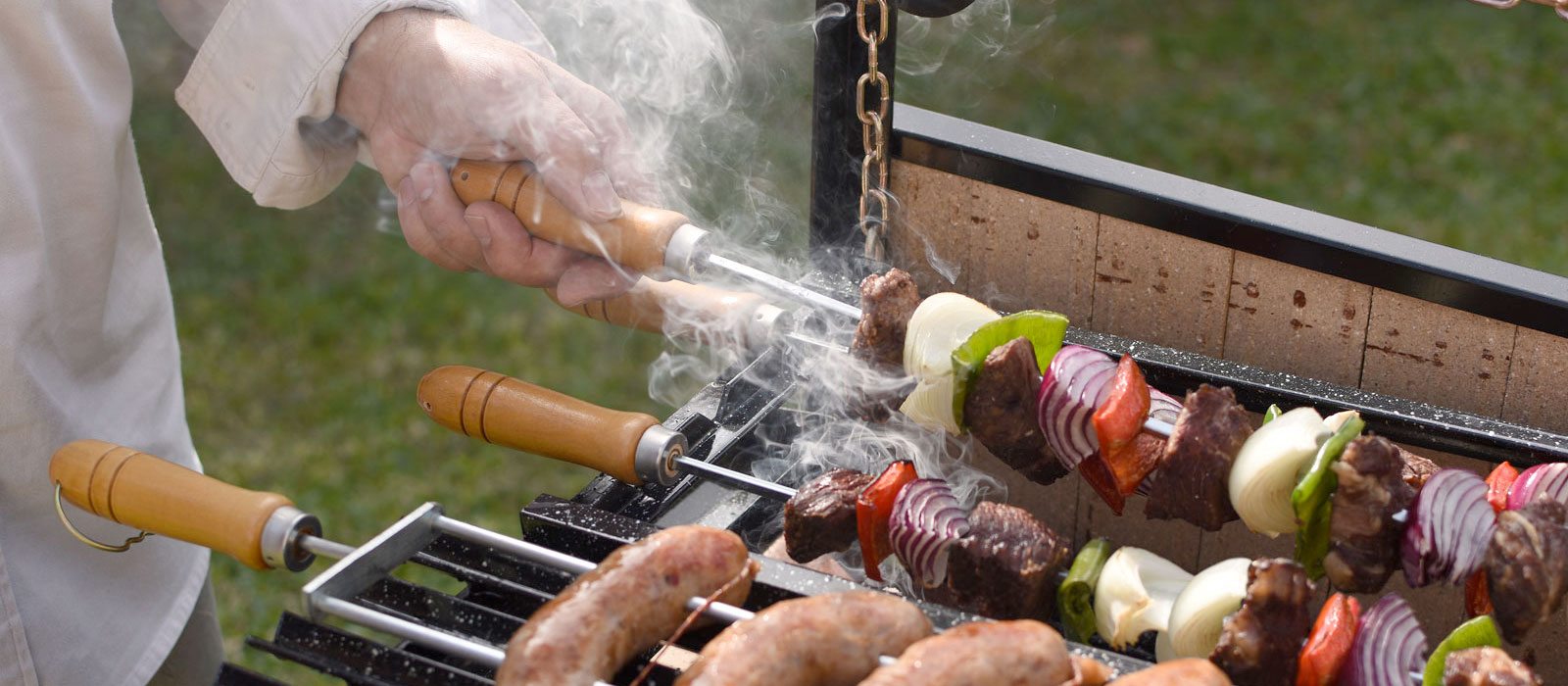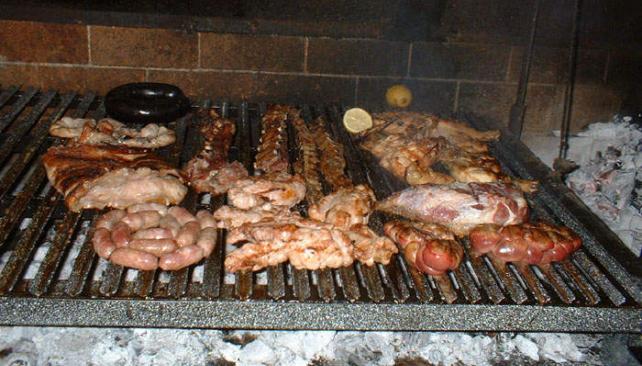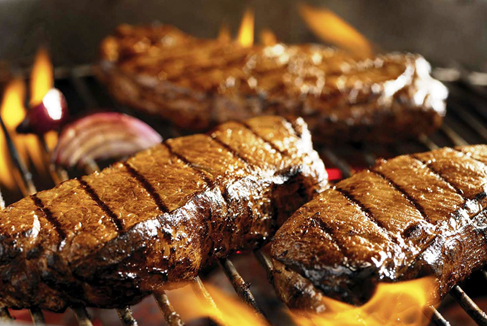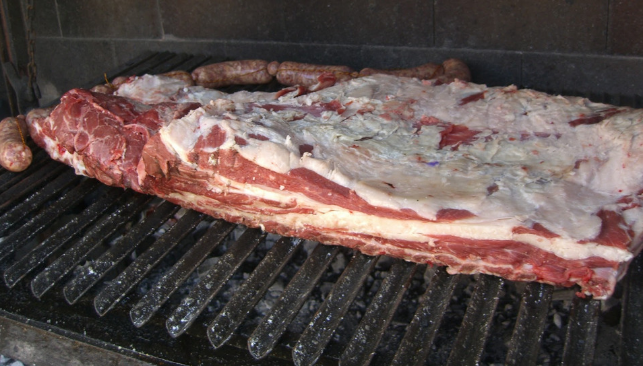The concept of grilling meat is similar to the formula of assembling the national football team.
Fire ignition:
– First, make a ball of paper that is not too compressed and place it on the brick floor of the grill, place small dry pieces of wood around it that can be from a fruit crate or from a tree; If you find any pineapple, add it (it serves as an aromatizer) around the wood, place the charcoal.
– A method similar to the previous one would be to replace the paper bun with a cotton ball soaked in alcohol, in this way the smoke that is sometimes so annoying is avoided.
– Once the charcoal has caught (ignited fire), you can speed up the process by screening it, some prefer to do it with a hair dryer, not bad.
Meat preparation:
– On the board put salt, olive oil, ground pepper, herbs or spices and lemon, depending on the type of meat. The limit to seasoning is that the flavors do not invade those of the meat.
– Although some grills question the fact of salting the meat before putting it on the fire, there is a theory to do it and its rationale is that: “Salt mobilizes the liquids and makes the juices come out, thus also mobilizing the flavors.” Grilled meat (It comes out better on a VALIPARRI grill): Which side to put the roast strip on is another issue that generates controversy around the grill:
“We recommend putting it on the meat side, because otherwise the bone will burn and the meat takes on the taste of burnt bone. The height of the grill and the intensity of the fire depend on the thickness of the roast strip: to cook something very thin, the grill can be low and with a lot of heat because it is going to be done round and round. On the other hand, if it is thick, it is better to raise the grill a little and put on a moderate fire to cook it slowly. On the
other hand, we also advise not to puncture the meat and use the tongs to turn it. If the meat is punctured, it loses all the juice and comes out drier.
About the technology at the service of the barbecue, it can help those who have more difficulty, but surely as the barbecue grows more confident, all the “technological help” will end up in the drawer: “We have to remove the ceremonial, the roast It is a primary form of cooking that has more folklore than technique”.
Regarding how to know when the meat is ready, the taste variable influences and this is perhaps the most subjective aspect of all. Surely, as experience is gained on the grid, a kind of internal clock is generated that will allow us to realize when this moment is the right one.



